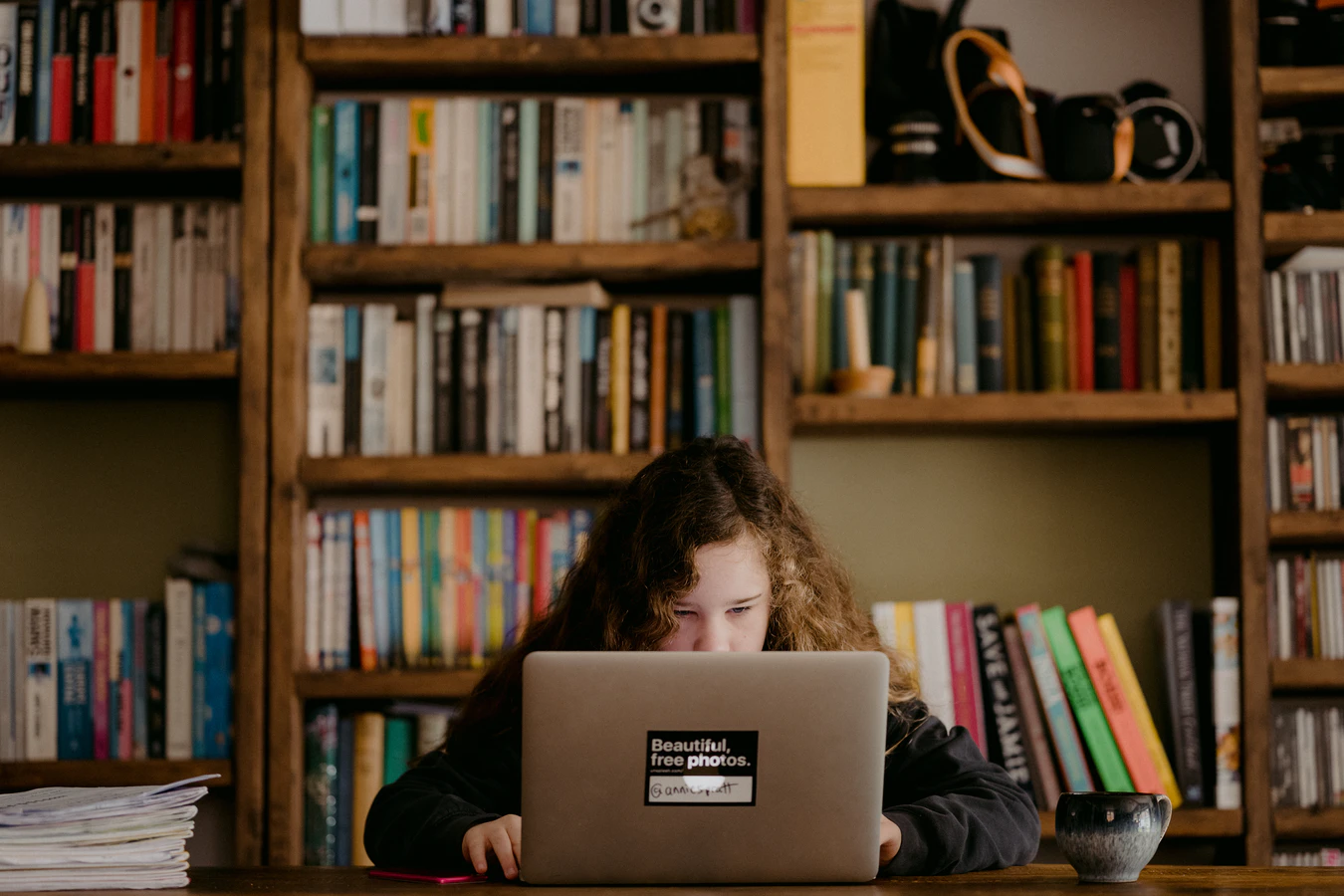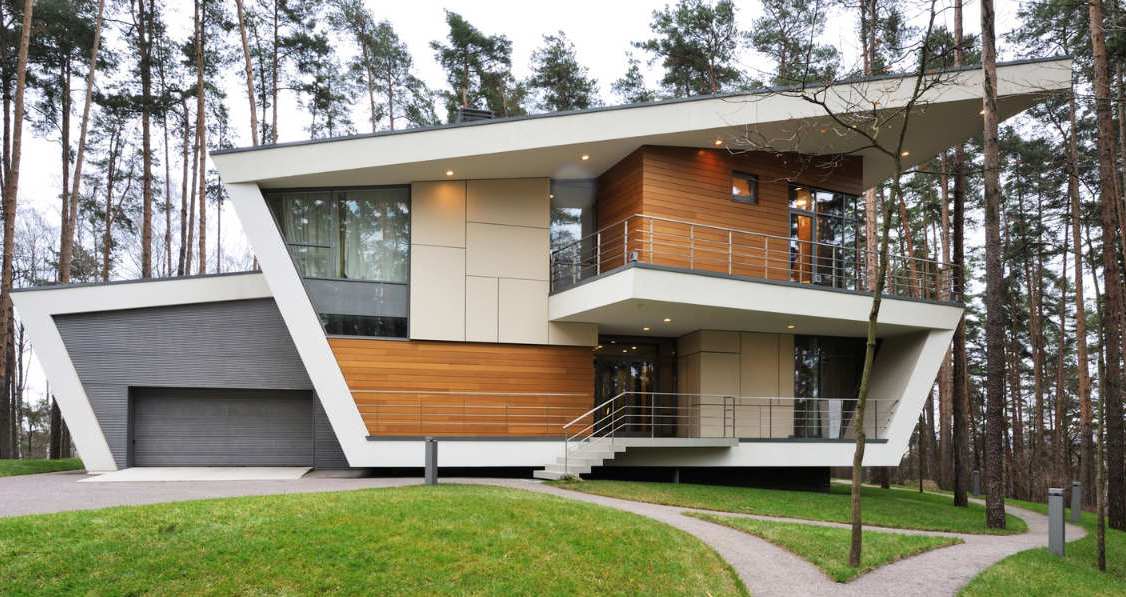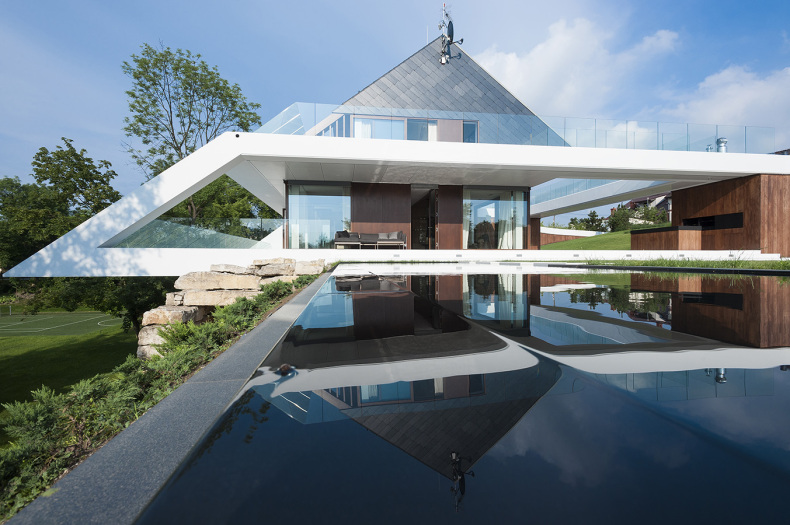When your child is at a school they are immersed in an environment that is designed for learning. Once your child comes home they turn off their study brains and go into relaxation mode, which is necessary. However, sometimes your child has to do homework, coursework and study for exams. Whether your child is 5 or 15 there are ways to help your child turn on their study brains at home too.
Here are 5 ways to optimize your house for a student.
1. Create A Dedicated Study Space
Depending on your home, you may have a spare bedroom or office space where your child can do their schoolwork. If not, then do not worry because bedrooms and living spaces can be used just as well. For this example, let us look at how we can turn a child’s bedroom into a productive space as well as a place to unwind. Ideally, your child will have a desk in their bedroom, with their laptop and drawers to keep study materials. If you have teenagers they are going to want to use their laptop for other things which is fine, but one way to help keep this under control is to create a study schedule. For instance, between the hours of 4 to 6 pm, this is time for homework, and after that, they can have free time if the work is finished. It provides incentive which is essential in instilling motivation.
If you have little ones it is important to have a space that is distinguished from their sleeping area. You could use a corner of their bedroom to be their ‘study zone’ and they can understand that when they are in it, they can read, write or do other learning activities. Once they are out of their study corner, they can play, relax and unwind. Setting clear boundaries between the two is important for younger children.
2. Use Furniture To Organise Study Materials
The next way you can optimize your house to create a learning environment is to use appropriate furniture. Using classroom storage at home can help your kids get into the right mindset for studying. It can also help to organise their space more efficiently, instead of folders, worksheets and pens being scattered all over their desk and floor, all of these materials can be neatly tucked away in their assigned storage spots. You can consider using closed storage cupboards for study materials because once your child is done studying they can close the cupboard and not have to be reminded of school. This can help them unwind and switch back into home mode as opposed to study mode.
Organisation is a vital component in helping children study, as a cluttered room leads to a cluttered mind. If you can see that your child is struggling to keep things organised then purchasing storage furniture can make a real difference to how they work.
3. Make Sure Their Bedroom Is Well-Lit
This may seem like a trivial point in this context, however, a well-lit bedroom/ study space is essential for your children. If their room is dark and dreary this is not going to help motivate them to do their homework. Particularly for teenagers as they are always tired and a dark room will amplify those feelings of fatigue. Keep blinds/curtains open during the day and encourage your children to keep them open until they are going to sleep. If their bedroom does not have any windows/ a lack of light in general, you could consider buying a happy lamp, which mimics sunlight to enhance mood, energy, sleep & focus.
A well-lit bedroom can make all the difference when it comes to focusing on their studies, so do not underestimate the importance of this point.
4. Build A Reading Den
No matter how old you are a reading den is always a fun idea! Dedicate a small space in the house and fill it with their favourite fictional books, blankets, cushions and cosy lighting. Reading plays an important role in cognitive development and so you should encourage your kids to read whatever books they enjoy. A reading den is an appealing idea to kids because it creates a sense of fun and adventure, as well as a place of their own where no adults are allowed. If you do tell your little ones it is an adult-free zone, then make sure that you respect this and you might just find your kids crawling into the reading den more often than you would expect.
If you have the room for it, you can get creative with this and the more you go to town on it, the more likely your child will engage in it. Decorate the space with themes from their favourite books, for example, if your child loves Harry Potter, then you can design the space to feel magical. There are lots of tips and tricks online on how to design a space with a theme in mind.
5. Create A Play Area
If you have teenagers and think that a play area is not going to cut it for a 16-year-old then think again. A playroom can come in many forms! If you have a basement or an attic, or any spare space you can create a games room and put a games console in there, beanbags and other bits and bobs that your child likes. If you have younger ones then it is a bit easier as you can create a ball-pit or an area with their favourite toys. Either way, you must have an area for your kids to blow off steam and to just be kids. Excessive studying will lead to burnout and can negatively impact your child’s mental health.
With these 5 tips, you can optimize your house to create a healthy environment that encourages both work and play. Be mindful of your children’s habits and keep an eye on both their work levels and play levels, because a drop in these or an excessive rise can be an indicator of potential mental health struggles.



















